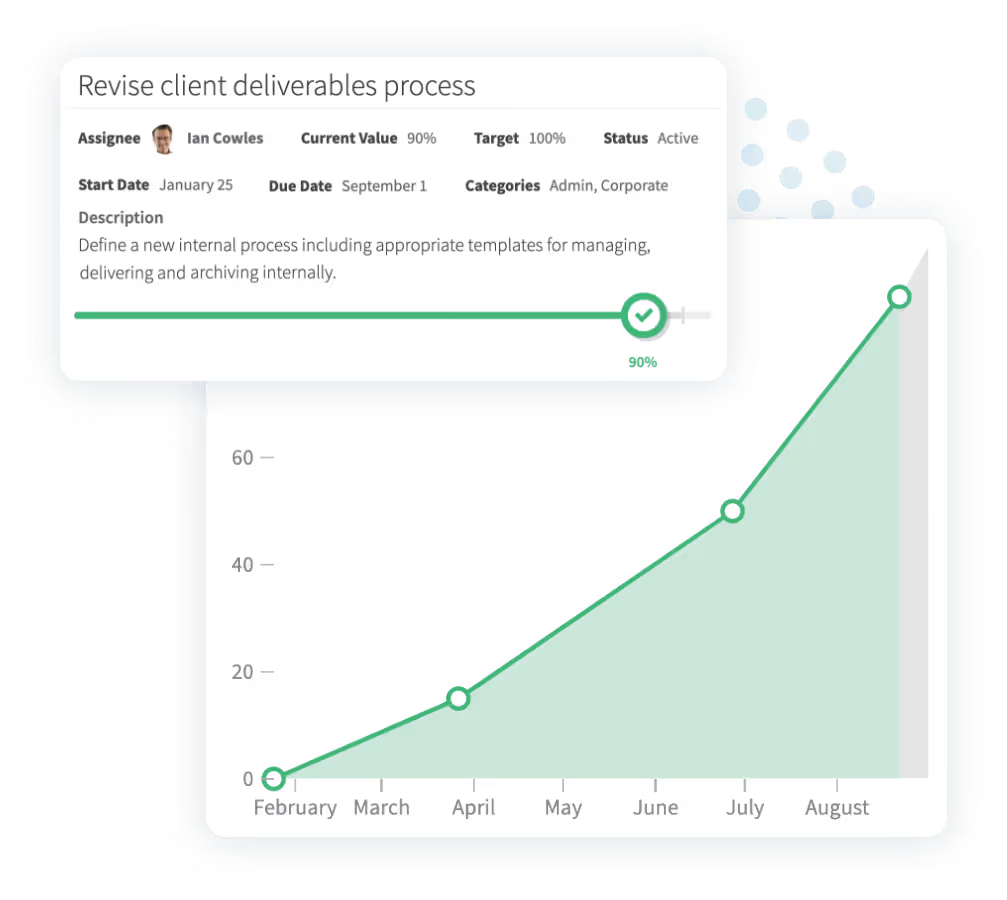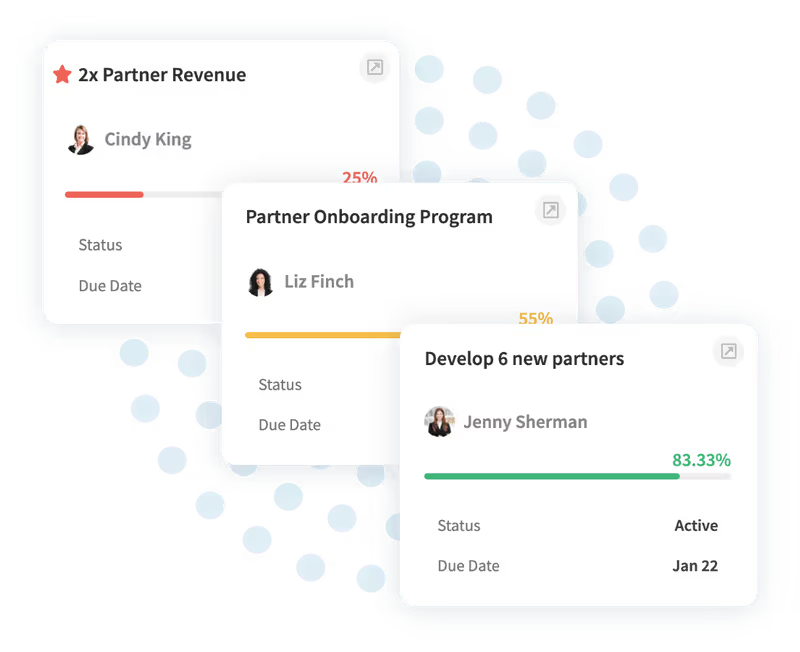Performance and Compensation Management | Do’s and Don’ts
Do your employees feel like they are being fairly compensated?
Nearly a quarter of the respondents answered “No” in one survey. Employees under age 35 are more likely to agree that they are paid unfairly, as are women and those who work at large organizations.
Plus, 63 percent of workers who quit a job in 2021 said low pay was the reason for leaving their job. It’s clear that companies should think carefully about their compensation management strategy.
So, how do you make employees feel like they have more control over their income? One way is by combining performance and compensation management.
Of the 250 largest companies in the S&P 500, 83 percent tie at least some employee income to performance. These companies do this through the use of a formulaic annual incentive plan.
Many other companies are doing the same. User Insight is one such example. They link performance with compensation to get a better understanding of company performance.
Wondering if connecting compensation management and employee performance is right for your business? Here’s what you need to know about the relationship between performance and compensation management.
We’ve got five tips that will walk you through the dos and don’ts of tying these two concepts together.
What Is the Relationship Between Performance and Compensation Management?
Performance management can be an effective way to lay the groundwork for compensation decisions. It enables HR and managers to monitor and evaluate employee work against the strategic objectives of the company.
HR is armed with accurate information and a big-picture view of the performance of the organization. That makes it easy to use data to drive compensation decisions.
But, that’s only when it is done properly. Tying pay to performance is more than twice as likely to produce above-average engagement among employees. However, that’s only if they feel like their performance is accurately assessed.
The best way to accurately assess employee performance is to use performance management software. It is specially designed to track detailed performance metrics. Software eliminate human error and enables employees to see their performance data clearly. Employees can simultaneously understand exactly how their performance is measured.
The software can also store compensation data and performance data. This makes it easier for management to give out promotions, raises, and/or bonuses without delay.
.gif)
5 Tips for Linking Performance and Compensation Management
The right software program streamlines the relationship between performance and compensation management. However, there are still more steps to set up a system that’s right for your employees business.
Here are our five tips for linking performance with compensation reviews:
- Figure out how you’re going to track performance
- Establish timelines and compensation updated schedules
- Define important metrics for each team and individual
- Implement HR software to track compensation and performance
- Start with a small team and then consider expanding
1. Figure out how you’re going to track performance
Most companies follow the same process when they first tie performance and compensation management. They think about tying compensation to individual monetary achievements, like sales. It is an option, but it may not encourage employees the way you might expect.
This type of performance-based pay structure can encourage employees to work harder, but they can also end up with higher levels of stress. This can offset the gains in employee productivity that the new pay structure is trying to create.
If you worry about this possibility with your team, there are other metrics you can use to tie performance to compensation. For example, performance might be considered team- or company-wide based on revenue.
Everyone receives a bonus or a pay increase when the group is doing well. Some companies even tie executive pay to ESG (Environmental, social, and corporate governance). Others turn to operational and/or safety data when considering increased compensation.
Goal setting is an important part of the process. It ensures employees have an active role in setting their own goals, as well as what successfully reaching their goals looks like.

2. Establish timelines and compensation update schedules
You don’t want employees wondering whether or not they’re going to receive increased compensation. You don’t want them to feel like an unfair performance review meant losing out on a raise. Always clarify expectations when you're combining compensation management and employee performance.
Your performance review process should be clear. You have to determine whether you want to conduct quarterly, annual, or bi-annual reviews. It’s also important to determine what type of review aligns with individual and company-wide goals.
Then, create a compensation update schedule. That way, employees know what kind of pay increase or bonus they can expect if they meet their goals.
The best approach is to be transparent about the timeline and compensation schedules you have created. Employees won’t wonder when they’re going to receive their next raise, or how much it’s going to be.
PerformYard can help you schedule review cadences that align with your schedule and the goals you have for your company.
» The Ultimate Guide to Compensation Planning
3. Define important metrics for each team and individual
Once you have figured out how you're going to track performance, it’s important to dig into the details. That means knowing whether or not you’re going to use team-based metrics or individual metrics.
Then, you have to define exactly what it will look like when the goal is accomplished. It might mean reaching a certain number of sales for an individual employee. It could mean accomplishing a revenue increase within a certain period among the team as a whole. When that goal is achieved you can activate a bonus, pay increase, or other compensation.
Some companies choose a combination of both team and individual metrics. That way, the pressure of individual performance isn’t too great. There’s still an opportunity to obtain increased compensation depending on team performance.

No matter what you choose, it’s important to outline exactly what each goal is and what is needed to obtain the raise. Not only does it give employees a clear goal to work towards, but it also means there are no surprises. They already know whether or not they met their goal before their next performance review.
4. Implement HR software to track compensation and performance
If you want to implement a high performance management system that’s tied to compensation, you have to have the right software.
Attempting to track data by hand is time-consuming and prone to mistakes. Performance management software is designed to track any data points you ask it to. A program like PerformYard enables you to monitor goals to see how employees are performing. It also gives you the chance to update goals when necessary.
PerformYard also integrates with your HRIS to track compensation details. This enables you to compare current compensation with performance. In turn, you can implement an effective compensation update schedule.
Performance management software also lets your employees log in and see performance data themselves. This enables complete transparency among employees and management.
5. Start with a small team and then consider expanding
If you like the idea of linking performance and compensation, don’t feel like you have to start with a company-wide rollout. Start small instead.
Start with one sales team, for example. Gather feedback from the team and observe how it impacts their productivity and attitude. You can also see how it affects your bottom line. This will help you work out the kinks in your compensation schedule before a potential widespread raise mistakenly puts you in the red.
Some positions aren’t directly tied to revenue, like marketing and strategy teams. It is especially important to start small while you work out which metrics paint a clear picture of performance. That will help you figure out what type of compensation increases are fair.
Once you feel confident with the process, you can expand the concept to other teams. Your eventual goal could be implementing a company-wide compensation schedule that work for every employee.
FAQs
Should you tie compensation to performance?
The answer to this question is unique to every business. Can you accurately track important metrics? Can you create a fair compensation schedule? Can you keep the process as transparent as possible so employees know exactly what to expect? If so, linking performance with compensation management might be a great strategy.
What does performance compensation mean?
Performance compensation means tying performance and compensation management together. Performance influences compensation. For example, employees or teams that meet goals receive a raise or a bonus according to your compensation schedule.
What is the main purpose of performance management?
The purpose of performance management is to boost employee engagement and productivity. Good performance management encourages employees to work towards goals that are aligned with company objectives. A good plan provides them with support and opportunities for professional development. It also provides increased compensation when appropriate.
What is the main purpose of compensation management?
The main purpose of compensation management is to distribute pay or bonuses in exchange for work. It is determined by company policy and procedures. Compensation management also includes benefits, like insurance and retirement benefits.

